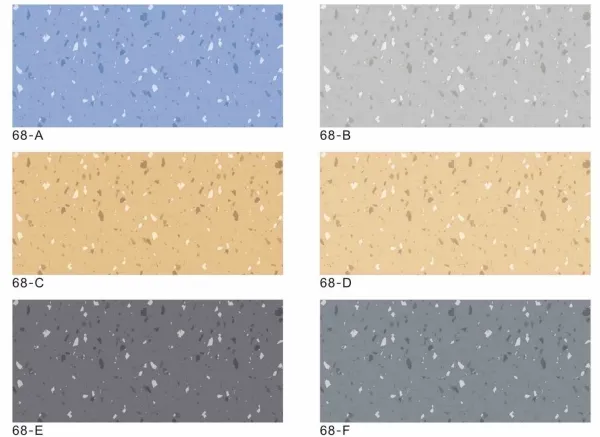Timber Baseboard Ideas for Stylish Interior Design and Home Renovation
Timber Skirting Boards The Perfect Finishing Touch for Your Home
When it comes to interior design, the details matter immensely. One such detail that can transform the aesthetic appeal of a room is the skirting board. Often underrated, skirting boards, also known as baseboards, are essential elements that not only cover the joint between the wall and the floor but also add character to your space. The use of timber for skirting boards is particularly popular due to its natural beauty, durability, and versatility.
What Are Timber Skirting Boards?
Timber skirting boards are architectural features made from wood, positioned along the bottom of interior walls, where they meet the floor. They are available in various styles, sizes, and finishes. Timber is a preferred material for skirting boards as it can be easily painted or stained to match any interior décor and can complement both traditional and contemporary settings.
The Aesthetic Appeal of Timber Skirting Boards
One of the primary reasons homeowners opt for timber skirting boards is their visual impact. The natural grain and warmth of wood bring a sense of coziness and elegance to any room. Different types of timber offer various colors and textures, allowing for customization based on individual taste. For example, oak skirting boards provide a rich, warm hue, while pine boards lend a lighter, more casual feel. Choosing the right timber can enhance other elements in the room, creating a cohesive design.
Practical Benefits
Besides the aesthetic appeal, timber skirting boards serve several functional purposes. They protect the walls from damage caused by furniture, vacuum cleaners, or even scuff marks from shoes. By covering the gap between the wall and the floor, they also help conceal electrical wiring and provide a finished look to the room. Furthermore, in homes with wooden flooring, timber skirting can create a seamless transition that enhances the overall design.
timber skirting board

Sustainability Considerations
In an age where sustainability is increasingly important, timber is a more environmentally friendly option compared to synthetic materials. Many timber products come from sustainable sources, making it a responsible choice for eco-conscious consumers. When selecting timber skirting boards, look for products that are certified by organizations such as the Forest Stewardship Council (FSC), which ensures that the timber is sourced responsibly.
Installation and Maintenance
Installing timber skirting boards is typically a straightforward process, and many homeowners choose to do it themselves. The key steps include measuring the walls, cutting the boards to the appropriate lengths, and attaching them securely to the wall. Once installed, maintaining timber skirting boards involves regular cleaning to prevent dirt buildup and periodic checks for any signs of wear or damage.
If you decide to paint or stain your timber skirting boards, ensure that high-quality finishes are used to enhance their appearance and protect them from everyday wear and tear. With proper care, timber skirting boards can last many years, making them a worthwhile investment.
Conclusion
Timber skirting boards are more than just functional components of a room; they are a vital element of interior design that can significantly enhance the overall look and feel of your home. With their natural beauty, practicality, and sustainable nature, timber skirting boards deserve consideration in any home renovation or new build project. Whether you opt for a classic design or a modern take, timber skirting boards can add that perfect finishing touch that elevates your interiors to a new level of elegance and sophistication.
-
The Evolution of Luxury Flooring Guangzhou Enlio's JourneyAug.05,2025
-
Innovative Commercial Flooring Solutions from Guangzhou Enlio SportsAug.05,2025
-
Premium Interior Solutions with Quality Skirting OptionsAug.05,2025
-
Masking Tape The Essential Tool for Professional ApplicationsAug.05,2025
-
SPC Vinyl FlooringJul.18,2025
-
Home SPC FlooringJul.18,2025




